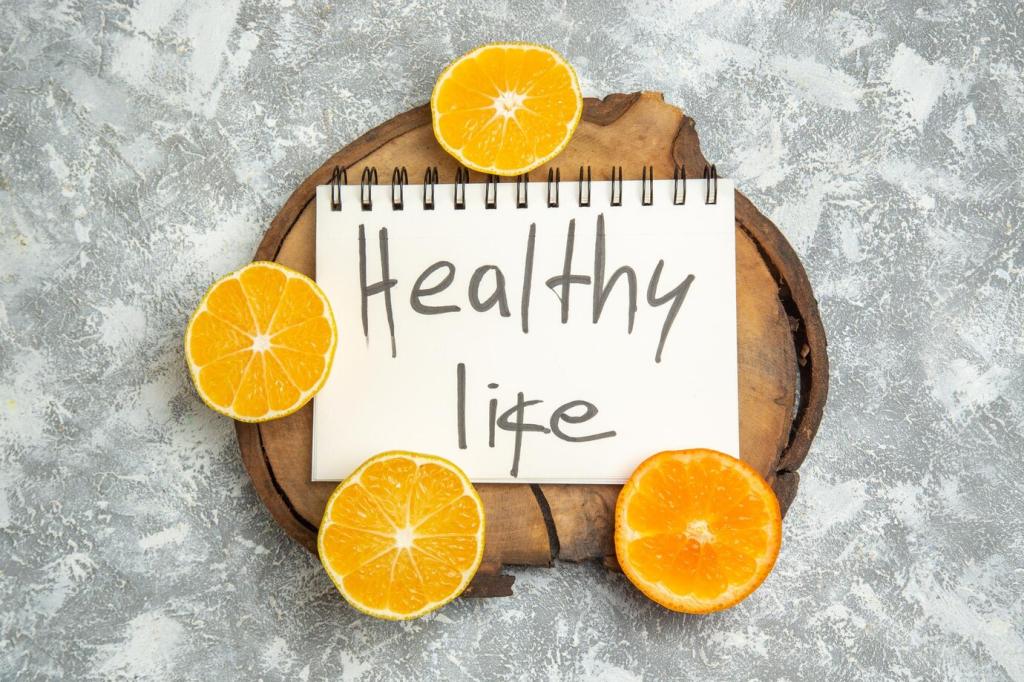Pre-Practice Eating: Timing That Respects Your Asana
Choose a small, familiar snack like a banana with almond butter, oat toast with tahini, or a date stuffed with peanut butter. Keep fiber and fat moderate to prevent heaviness. Hydrate gently. Your goal is simple: enter the room feeling awake, not full or distracted.
Pre-Practice Eating: Timing That Respects Your Asana
If you practice right after waking, try a few sips of water, then a mini smoothie of soy milk, berries, and a spoon of oats. Sensitive stomach? Go even lighter: half a banana or a couple dates. Listen closely; honor your body’s cues over rigid rules.





